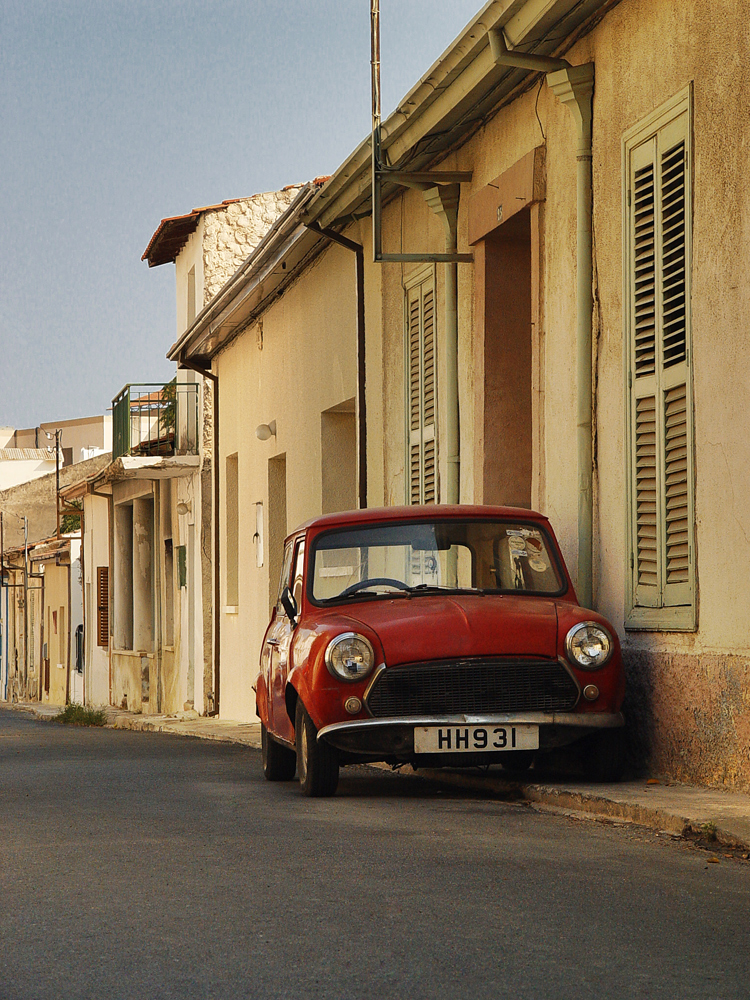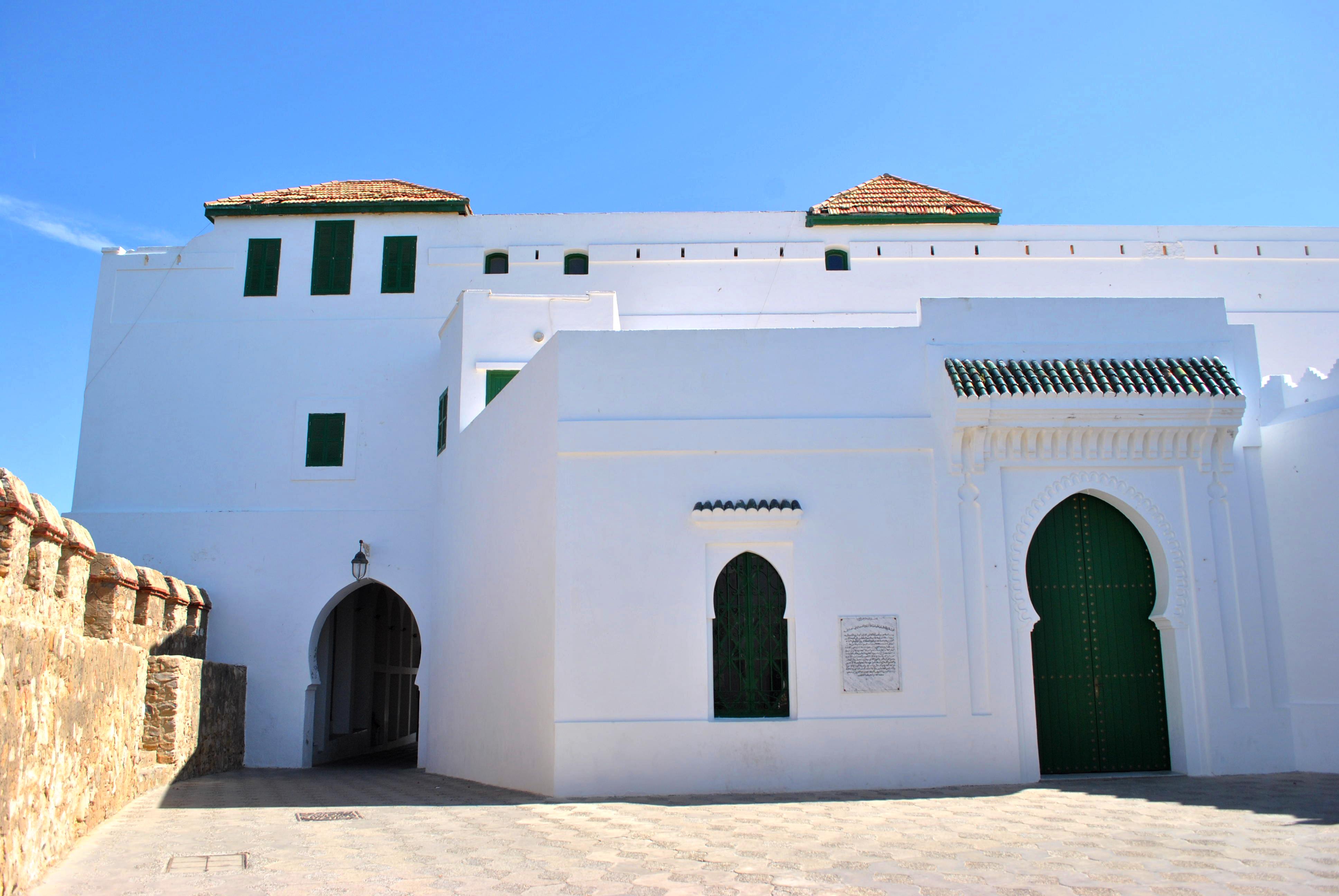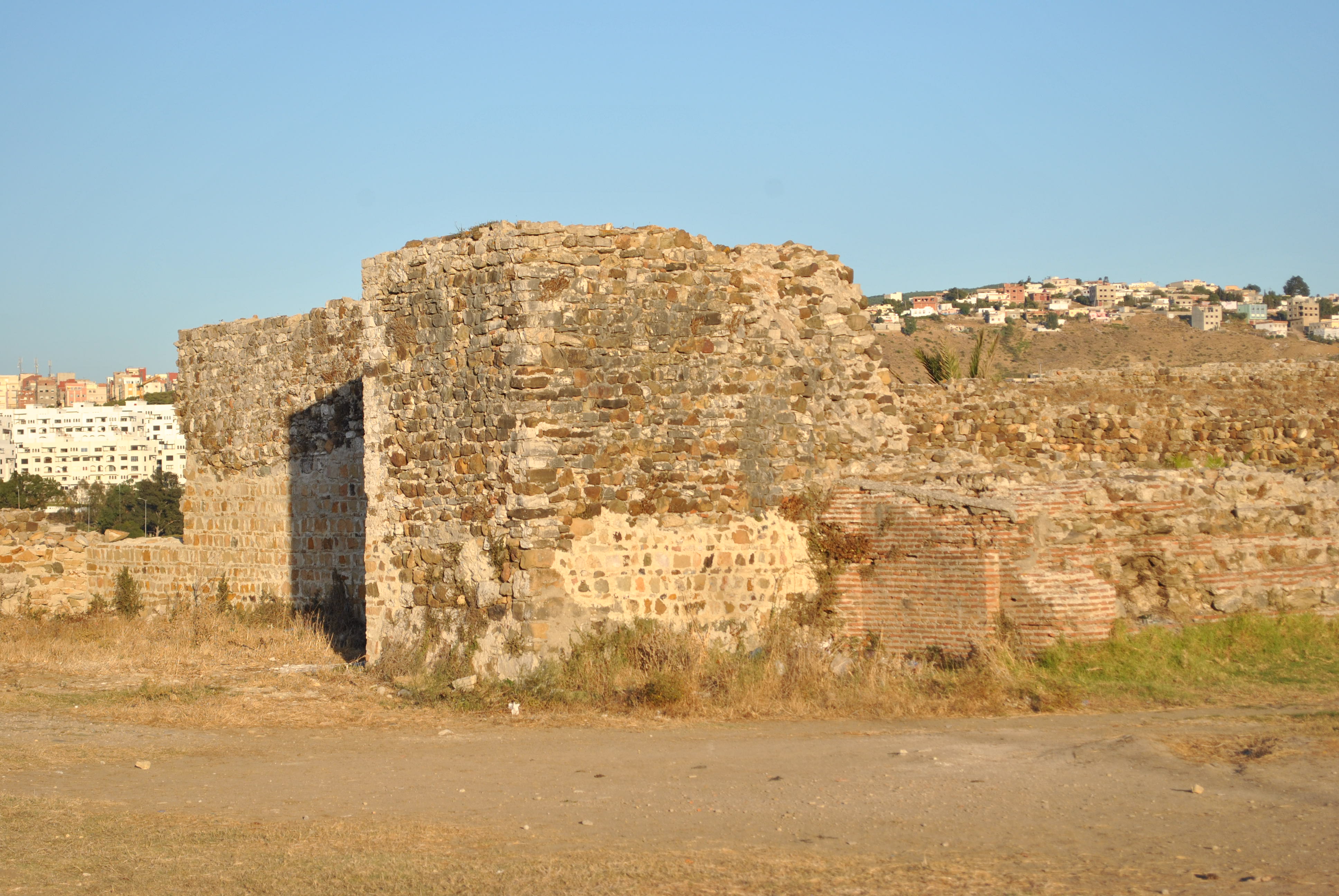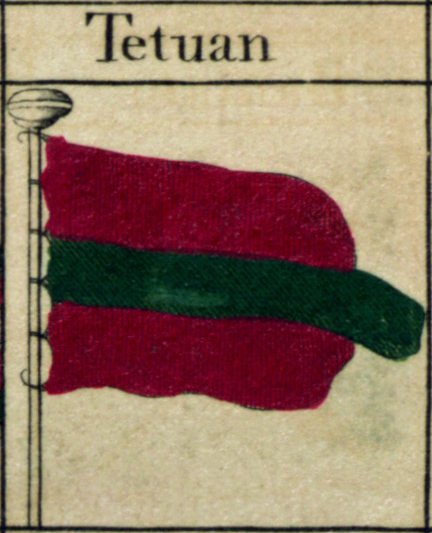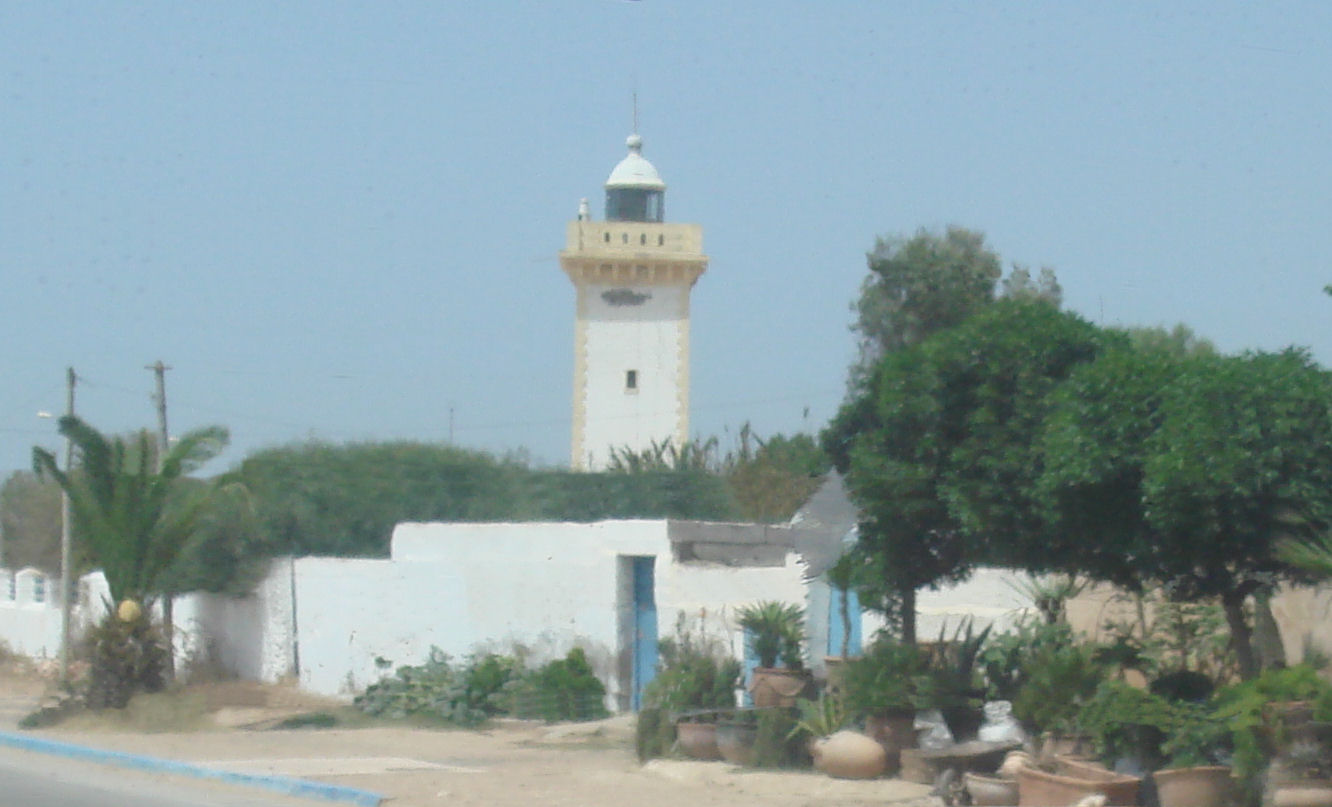|
Old Town
In a city or town, the old town is its historic or original core. Although the city is usually larger in its present form, many cities have redesignated this part of the city to commemorate its origins. In some cases, newer developments on the periphery of the original settlement may have become the town's principal commercial and/or residential hub, leaving the historic "old town" as a secondary focus. There are many places throughout the world referred to as the ''old town'' (sometimes construed as a proper noun and capitalized). This is a list of some famous old towns: Africa Algeria * Casbah of Algiers, UNESCO World Heritage Site * Old Town of Constantine, Algeria, Constantine * Old Town of Oran * Old Béjaïa * Old Tlemcen Egypt * Islamic Cairo, Medieval Cairo, in Cairo, UNESCO World Heritage Site * Rosetta, Old Rashid * Old Town of Alexandria Ethiopia * Old Town of Harar, UNESCO World Heritage Site Ivory Coast * Grand-Bassam, Historic Town of Grand-Bassam, UNE ... [...More Info...] [...Related Items...] OR: [Wikipedia] [Google] [Baidu] |
Mombasa Old Town
The Old Town of Mombasa, also known as Mji Wa Kale, is the old part of Mombasa, the main city of Mombasa County in Kenya. Situated on the south-east side of Mombasa Island, the Old Town covers an area of , and is inhabited by a mix of Swahili people, Swahili, Arab people, Arab, Persian people, Persian, Indian people, Indian, Asian people, Asian, Portuguese people, Portuguese and British people, British settlers. Old Town is a city of prominent historical and artistic importance in East Africa. Due to its heritage, It is a major tourist attraction in Kenya with a large part of its economy dependent on tourism-related activities. In 1997, the Old Town and Fort Jesus were submitted by the National Museums of Kenya for selection in UNESCO's list of World Heritage Sites. Geography The area is located to the east of Mombasa Island, adjacent to Tudor Creek. Architecture Buildings in the Old Town are mostly Swahili architecture, Swahili, however, the many other ones are influen ... [...More Info...] [...Related Items...] OR: [Wikipedia] [Google] [Baidu] |
Asilah
Asilah () is a fortified town on the northwest tip of the Atlantic coast of Morocco, about south of Tangier. Its ramparts and gateworks remain fully intact. History The town's history dates back to 1500 B.C., when Phoenicians occupied a site called Silis, Zili, Zilis, or Zilil (, , or , ) which is being excavated at Dchar Jdid, some NE of present Asilah; that place was once considered to be the Roman stronghold Ad Mercuri, but is now accepted to be Zilil. The town of Asilah itself was originally constructed by the shia Idrisid dynasty, and Umayyad caliph Al-Hakam II rebuilt the town in 966. The Portuguese conquered the city in 1471 and built its fortifications, but it was abandoned because of an economic debt crisis in 1549. In 1578, Sebastian of Portugal used Asilah as a base for his troops during a planned crusade that resulted in Sebastian's death, which in turn caused the Portuguese succession crisis of 1580. The Portuguese kept hold of the town but in 1589 the Saa ... [...More Info...] [...Related Items...] OR: [Wikipedia] [Google] [Baidu] |
Rabat
Rabat (, also , ; ) is the Capital (political), capital city of Morocco and the List of cities in Morocco, country's seventh-largest city with an urban population of approximately 580,000 (2014) and a metropolitan population of over 1.2 million. It is also the capital city of the Rabat-Salé-Kénitra administrative region. Rabat is located on the Atlantic Ocean at the mouth of the river Bou Regreg, opposite Salé, the city's main commuter town. Rabat was founded in the 12th century by the Almohad Caliphate, Almohads. After a period of growth, the city fell into a long period of decline. In the 17th century, Rabat became a haven for Barbary pirates. When the French established a French protectorate in Morocco, protectorate over Morocco in 1912, Rabat became its administrative center. When Morocco achieved independence in 1955, Rabat became its capital. Rabat, Temara, and Salé form a conurbation of over 1.8 million people. Rabat is one of four Imperial cities of Morocco, and it ... [...More Info...] [...Related Items...] OR: [Wikipedia] [Google] [Baidu] |
Tangier
Tangier ( ; , , ) is a city in northwestern Morocco, on the coasts of the Mediterranean Sea and the Atlantic Ocean. The city is the capital city, capital of the Tanger-Tetouan-Al Hoceima region, as well as the Tangier-Assilah Prefecture of Morocco. Many civilisations and cultures have influenced the history of Tangier, starting from before the 10th centuryBCE. Starting as a strategic Phoenician town and trading centre, Tangier has been a nexus for many cultures. In 1923, it became an Tangier International Zone, international zone managed by colonialism in Africa, colonial powers and became a destination for many European and American diplomats, spies, Bohemianism, bohemians, writers and businessmen. That status came to an end with Moroccan independence, in phases between 1956 and 1960. By the early 21st century, Tangier was undergoing rapid development and modernisation. Projects include tourism projects along the bay, a modern business district called Tangier City Centre, an ai ... [...More Info...] [...Related Items...] OR: [Wikipedia] [Google] [Baidu] |
El Jadida
El Jadida (, ) is a major port city on the Atlantic coast of Morocco, located south of the city of Casablanca, in the province of El Jadida and the region of Casablanca-Settat. It has a population of 170,956 as of 2023. The fortified city, built by the Portuguese at the beginning of the 16th century and named Mazagan (''Mazagão'' in Portuguese), was given up by the Portuguese in 1769 and incorporated into Morocco. El Jadida's old city sea walls are one of the Seven Wonders of Portuguese Origin in the World. The ''Portuguese Fortified City of Mazagan'' was registered as a UNESCO World Heritage Site in 2004, on the basis of its status as an "outstanding example of the interchange of influences between European and Moroccan cultures" and as an "early example of the realisation of the Renaissance ideals integrated with Portuguese construction technology". According to UNESCO, the most important buildings from the Portuguese period are the cistern and the Church of the Assump ... [...More Info...] [...Related Items...] OR: [Wikipedia] [Google] [Baidu] |
Tétouan
Tétouan (, or ) is a city in northern Morocco. It lies along the Martil Valley and is one of the two major ports of Morocco on the Mediterranean Sea, a few miles south of the Strait of Gibraltar, and about E.S.E. of Tangier. In the 2014 Moroccan census, the city recorded a population of 380,787 inhabitants. It is part of the administrative division Tanger-Tetouan-Al Hoceima. The city has witnessed many development cycles spanning over more than 2,000 years. The first settlements, discovered a few miles outside of the modern city limits, belonged to the ancient Mauretania, Mauretanians and date back to the 3rd century BC. A century later, Phoenicians traded there and after them the site—known now as the ancient town of Tamuda—became a Ancient Rome, Roman colony under Emperor Augustus.M. Tarradell, ''El poblamiento antiguo del Rio Martin'', Tamuda, IV, 1957, p. 272M. R. El Azifi, « L'habitat ancien de la vallée de Martil » in ''Revue de la Faculté des lettres de Tétouan' ... [...More Info...] [...Related Items...] OR: [Wikipedia] [Google] [Baidu] |
Marrakech
Marrakesh or Marrakech (; , ) is the fourth-largest city in Morocco. It is one of the four imperial cities of Morocco and is the capital of the Marrakesh–Safi Regions of Morocco, region. The city lies west of the foothills of the Atlas Mountains. The city was founded circa 1070 by Abu Bakr ibn Umar as the capital of the Almoravid dynasty. The Almoravids established the first major structures in the city and shaped its layout for centuries to come. The red Walls of Marrakesh, walls of the city, built by Ali ibn Yusuf in 1122–1123, and various buildings constructed in red sandstone afterwards, have given the city the nickname of the "Red City" or "Ochre City". Marrakesh grew rapidly and established itself as a cultural, religious, and trading center for the Maghreb. After a period of decline, Marrakesh regained its status in the early 16th century as the capital of the Saadian dynasty, with sultans Abdallah al-Ghalib and Ahmad al-Mansur embellishing the city with an array of s ... [...More Info...] [...Related Items...] OR: [Wikipedia] [Google] [Baidu] |
Fes El Bali
Fes el Bali () is the oldest part of Fez, Morocco. It is one of the three main districts of Fez, along with Fes Jdid and the French protectorate in Morocco, French-created ''Ville Nouvelle (New City'). Together with Fes Jdid, it forms the Medina quarter, medina (historic quarter) of Fez, significant for the preservation of its pre-modern urban layout and numerous historic monuments, which have earned it UNESCO World Heritage Site status. Fes el Bali was founded as the capital of the Idrisid dynasty between 789 and 808 AD. It was originally composed of two separate towns on either side of the Fez River which subsequently merged under the Almoravids (11th–12th centuries). Even when Marrakesh replaced it as the political capital, it continued to thrive in subsequent centuries thanks to its economic and religious importance. In the 13th century, the Marinid dynasty built Fes Jdid as a new administrative capital next to Fes el Bali. Fes el Bali district still largely retains much o ... [...More Info...] [...Related Items...] OR: [Wikipedia] [Google] [Baidu] |
Essaouira
Essaouira ( ; ), known until the 1960s as Mogador (, or ), is a port city in the western Moroccan region of Marrakesh-Safi, on the Atlantic coast. It has 77,966 inhabitants as of 2014. The foundation of the city of Essaouira was the work of the Moroccan 'Alawid sultan Mohammed bin Abdallah, who made an original experiment by entrusting it to several architects in 1760, in particular Théodore Cornut and Ahmed al-Inglizi, who designed the city using French captives from the failed French expedition to Larache in 1765, and with the mission of building a city adapted to the needs of foreign merchants. Once built, it continued to grow and experienced a golden age and exceptional development, becoming the country's most important commercial port but also its diplomatic capital between the end of the 18th century and the first half of the 19th century. Medina of Essaouira was designated by the UNESCO a World Heritage Site in 2001. Name and etymology The name of the city is ... [...More Info...] [...Related Items...] OR: [Wikipedia] [Google] [Baidu] |
Meknes
Meknes (, ) is one of the four Imperial cities of Morocco, located in northern central Morocco and the sixth largest city by population in the kingdom. Founded in the 11th century by the Almoravid dynasty, Almoravids as a military settlement, Meknes became the capital of Morocco during the reign of Sultan Ismail Ibn Sharif (1672–1727), son of the founder of the Alaouite dynasty. Sultan Ismail created a massive Kasbah of Moulay Ismail, imperial palace complex and endowed the city with extensive fortifications and monumental gates. The city recorded a population of 632,079 in the 2014 Moroccan census. It is the seat of Meknès Prefecture and an important economic hub in the region of Fès-Meknès. Etymology Meknes is named after an Amazigh (Berber) tribe historically known as the Miknasa ( in Amazigh languages). History Early history (8th–16th centuries) Volubilis, a major Ancient Rome, Roman-era settlement in Morocco and one of its early urban centres, is located near the sit ... [...More Info...] [...Related Items...] OR: [Wikipedia] [Google] [Baidu] |
Timbuktu
Timbuktu ( ; ; Koyra Chiini: ; ) is an ancient city in Mali, situated north of the Niger River. It is the capital of the Tombouctou Region, one of the eight administrative regions of Mali, having a population of 32,460 in the 2018 census. Archaeological evidence suggests prehistoric settlements in the region, predating the city's Islamic scholarly and trade prominence in the medieval period. Timbuktu began as a seasonal settlement and became permanent early in the 12th century. After a shift in trading routes, particularly after the visit by Mansa Musa around 1325, Timbuktu flourished, due to its strategic location, from the trade in salt, gold, and ivory. It gradually expanded as an important Islamic city on the Saharan trade route and attracted many scholars and traders before it became part of the Mali Empire early in the 14th century. In the first half of the 15th century, the Tuareg people took control for a short period, until the expanding Songhai Empire absorbed ... [...More Info...] [...Related Items...] OR: [Wikipedia] [Google] [Baidu] |
